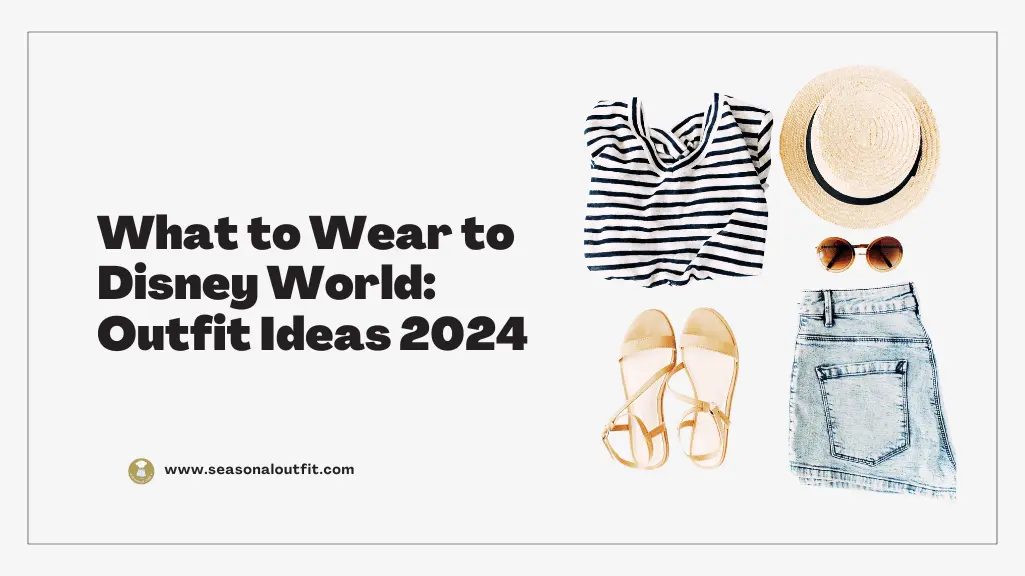Smart glasses have finally stepped out of sci-fi movies and into our daily lives. By 2025, these sleek gadgets are no longer just for tech enthusiasts—they’re becoming essential tools for work, gaming, fitness, and even fashion. Whether you’re a busy professional, a gamer, or someone who loves cutting-edge gadgets, here’s our list of the Top 10 Smart Glasses redefining how we interact with the world.
1. Viture Pro XR Glasses

Why We Love It:
The Viture Pro XR is a game-changer for anyone who needs a portable screen on the go. Imagine watching movies, gaming, or working on a 1080p display without lugging a laptop or monitor. These glasses turn any space into your theater.
Key Features:
- Display: 1080p resolution with a 46-degree field of view (FoV) and 1,000 nits brightness—perfect for bright environments.
- Audio: Immersive 3D sound for a cinematic experience.
- Compatibility: Works with DisplayPort over USB-C devices (laptops, phones, gaming consoles).
- Design: Lightweight and adjustable, though slightly bulkier than some rivals.
Who It’s For: Gamers, travelers, and remote workers who crave portability.
Pros: Easy setup, vibrant visuals, and robust audio.
Cons: Bulkiness might bother some users.
Perfect for: Flying in economy class without sacrificing screen size!
2. XReal One
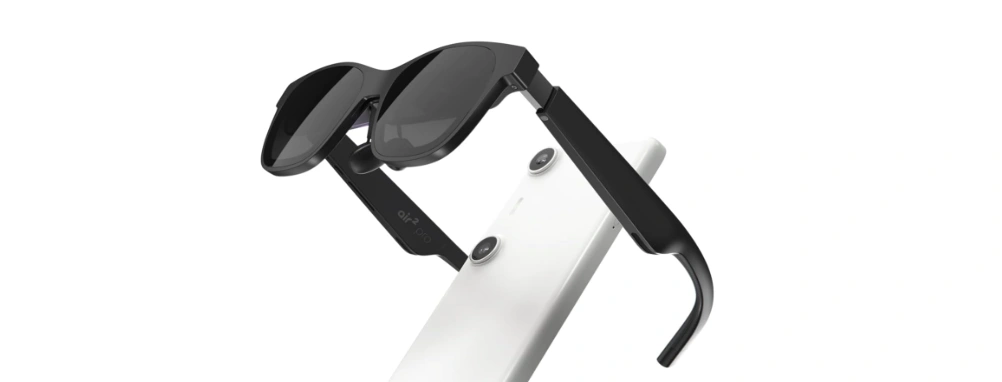
Why We Love It:
The XReal One strikes a balance between portability and performance. Its unique onboard menu system lets you tweak settings without needing a phone app—rare for smart glasses.
Key Features:
- Display: 1080p micro-OLED with a 50-degree FoV and 600 nits brightness.
- Compatibility: Works with USB-C devices (PCs, iPhones 15+, Android phones) and HDMI adapters for consoles.
- Customization: Directly adjust display size, distance, and brightness on the glasses.
Who It’s For: Tech-savvy users who value flexibility.
Pros: Wide FoV, sharp visuals, and intuitive controls.
Cons: Needs an HDMI adapter for game consoles.
Bonus: Its sibling, the XReal One Pro, offers a wider 57-degree FoV for an even more immersive experience.
3. Rokid Max
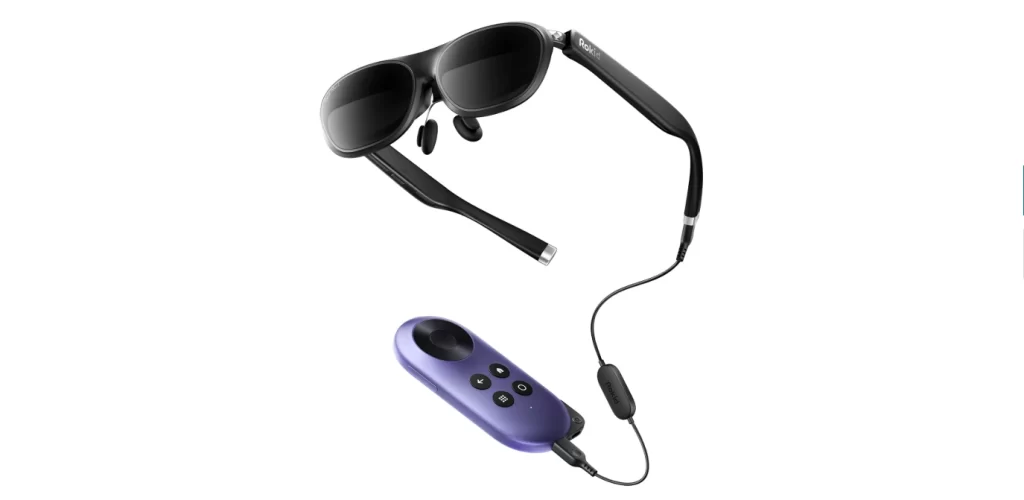
Why We Love It:
The Rokid Max delivers jaw-dropping visuals at a price that won’t break the bank. Reviewers praise its “private cinema” feel, thanks to Micro OLED tech and zero visible pixels.
Key Features:
- Display: 1920×1080 resolution per eye, 120Hz refresh rate, and 600 nits brightness.
- Design: Sunglasses-style frame with auto on/off sensors.
- Connectivity: USB-C or HDMI adapter for seamless pairing.
Who It’s For: Movie buffs and casual gamers.
Pros: Ultra-sharp image, vibrant colors, and efficient battery life.
Cons: 50-degree FoV feels slightly limited compared to rivals.
Pro Tip: Use the included plastic cover to block ambient light for a true cinema experience!
4. Chamelo Music Shield
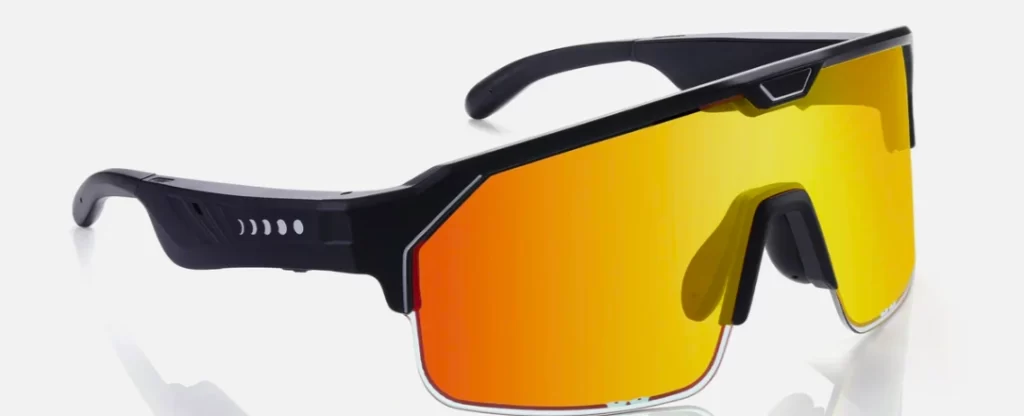
Why We Love It:
Part sunglasses, part wireless headphones—Chamelo’s Music Shield is the ultimate hybrid. Its standout feature? Adjustable tint lenses controlled by a touch strip.
Key Features:
- Design: Lightweight (1.7 oz) with a wraparound lens.
- Audio: Built-in speakers and mic for calls and music.
- Battery: 6.5 hours of playback or 100 hours of tint adjustment.
Who It’s For: Fitness enthusiasts and music lovers.
Pros: Stylish, comfortable, and versatile.
Cons: Limited controls and no prescription lens option (yet).
Fun Fact: The tint adjusts via liquid crystals—like having smart sunglasses!
5. Ray-Ban Meta Smart Glasses
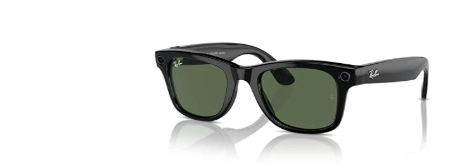
Why We Love It:
Ray-Ban and Meta teamed up to create glasses that look exactly like classic Wayfarers—no bulky tech here. Voice commands and AR features blend seamlessly into daily life.
Key Features:
- Design: Ultra-lightweight (49g) with a discreet charging case.
- Features: Capture photos/videos, make calls, and Livestream via voice commands.
- App: Meta View for customizing settings and editing content.
Who It’s For: Fashion-conscious users who want subtle tech.
Pros: Stylish, intuitive, and great for hands-free tasks.
Cons: Eye strain reported by some prescription-glass wearers.
James Bond Vibes: Say “Hey Meta” to snap a photo while sipping coffee!
6. Amazon Echo Frames (3rd Gen)

Why We Love It:
Amazon’s Echo Frames are like having Alexa on your face. Perfect for smart home control and quick updates without pulling out your phone.
Key Features:
- Audio: Improved sound quality for calls and voice commands.
- Design: Customizable lenses (prescription available).
- Features: Hands-free Alexa access, turn-by-turn navigation, and privacy controls.
Who It’s For: Alexa fans and multitaskers.
Pros: Sleek design, seamless integration with Amazon devices.
Cons: Limited battery life (4 hours of audio).
Pro Tip: Whisper mode keeps your voice commands private!
7. Nautica Smart Eyewear Powered by Lucyd
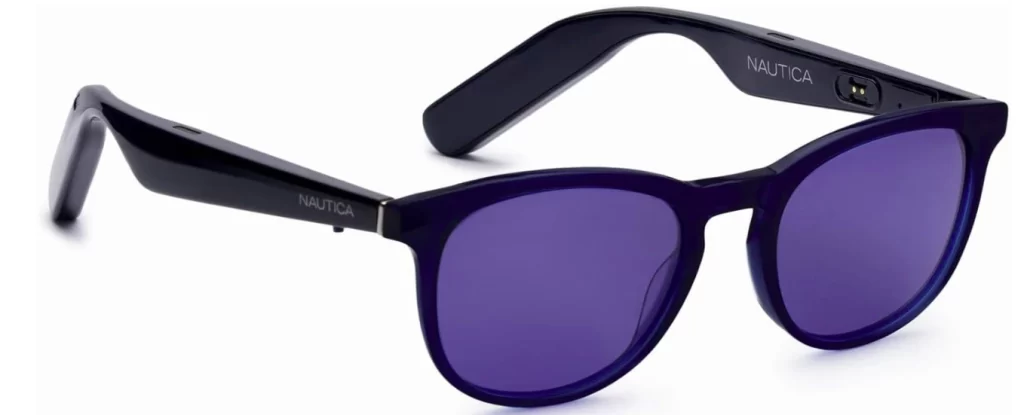
Why We Love It:
Nautica’s collaboration with Lucyd merges nautical style with smart tech. Think sunglasses that track your fitness goals while playing your playlist.
Key Features:
- Design: Sporty, water-resistant frames with UV400 protection.
- Audio: Open-ear speakers for safety during outdoor activities.
- Fitness: Built-in sensors monitor heart rate and steps.
Who It’s For: Active users who want style and functionality.
Pros: Durable, versatile, and fashionable.
Cons: Limited details available—stay tuned for updates!
Perfect for: A beach run with music and fitness tracking in one.
8. Apple Vision Pro Lite
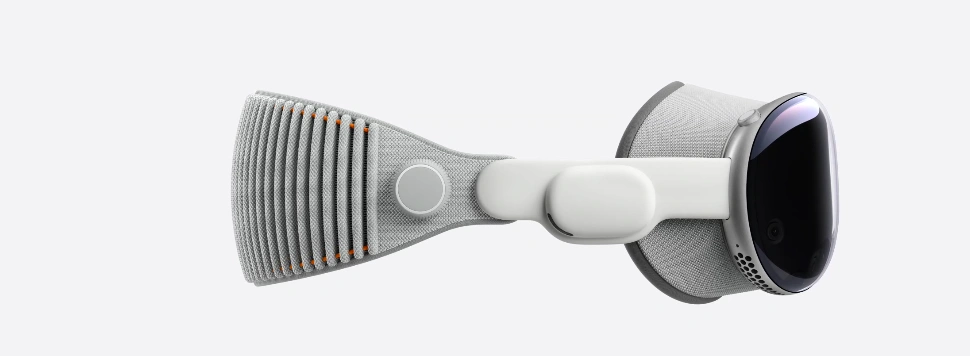
Why We Love It:
Apple’s entry into smart glasses is sleek, intuitive, and deeply integrated with iOS. Expect seamless AR overlays and app compatibility.
Key Features:
- Design: Ultra-thin frame with a focus on comfort.
- OS: Runs on iOS, ensuring smooth pairing with iPhones and iPads.
- AR: Real-time object recognition and navigation.
Who It’s For: Apple loyalists and AR enthusiasts.
Pros: Premium build, user-friendly interface.
Cons: Likely a hefty price tag.
Coming Soon: Rumored to launch in late 2025.
9. Google Glass Pro
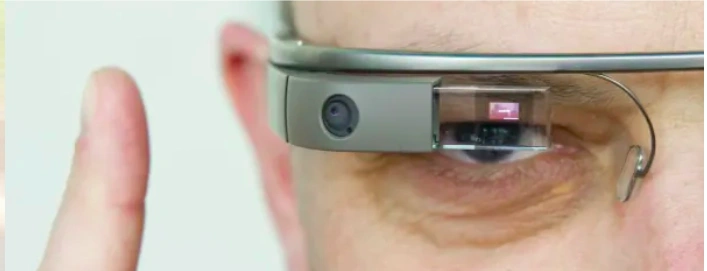
Why We Love It:
Google Glass is back, this time with enterprise-grade features for workplaces. Think real-time data overlays for engineers or instant translations for travelers.
Key Features:
- Battery: Improved longevity for all-day use.
- Apps: Customizable for industries like healthcare and manufacturing.
- Design: More ergonomic than the original.
Who It’s For: Professionals in tech, healthcare, and logistics.
Pros: Versatile, rugged, and business-ready.
Cons: Less consumer-focused than rivals.
Enterprise Ready: Imagine surgeons accessing patient data mid-procedure!
10. Microsoft HoloLens 3

Why We Love It:
Microsoft’s HoloLens 3 is the king of mixed reality. Its advanced AR capabilities are ideal for architects, educators, and developers.
Key Features:
- Display: Enhanced holographic overlays and improved depth sensing.
- OS: Windows-based for compatibility with Microsoft tools.
- Use Cases: Training simulations, 3D modeling, and collaborative projects.
Who It’s For: Businesses and creatives in tech-heavy fields.
Pros: Cutting-edge tech, unmatched precision.
Cons: Bulky design and high cost.
Future-Proof: The HoloLens 3 is a long-term investment for innovation.
Final Thoughts on Smart Glasses
Smart glasses are no longer a gimmick—they’re a practical tool for enhancing productivity, entertainment, and style. Whether you prioritize portability (Viture Pro), style (Ray-Ban Meta), or fitness (Nautica), there’s a pair for every need.
Market Trends to Watch:
- AI Integration: Glasses will predict your needs (e.g., navigation, reminders).
- AR in Daily Life: Virtual try-ons for shopping, interactive education, and social AR spaces.
- Growth Surge: The market is projected to hit $19.24 billion by 2033, driven by demand for hands-free tech.
Stay tuned for more tech updates and let us know which smart glasses you’re excited about! 🕶️✨
Check These Articles:



